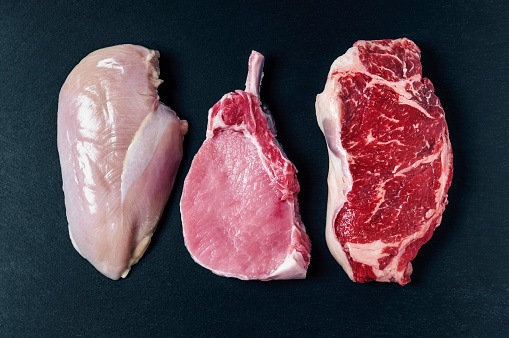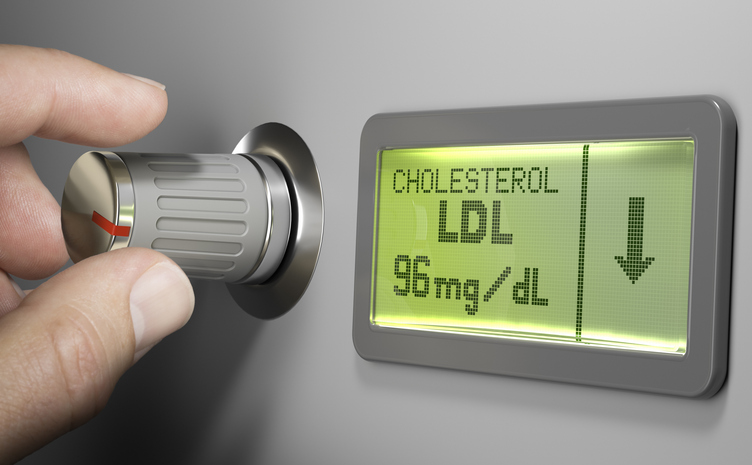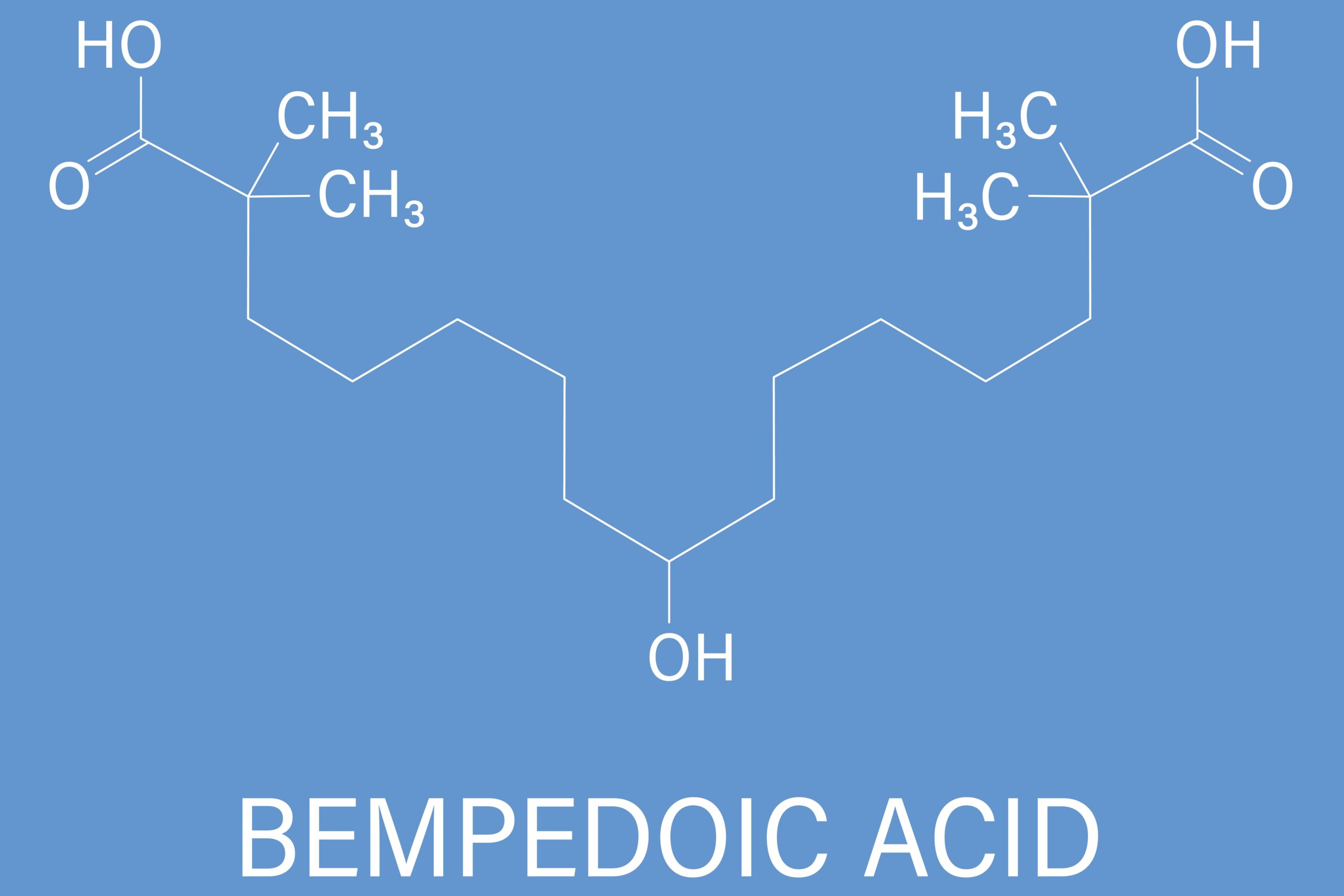
Contrary to popular belief, consuming white meat is just as detrimental to your heart as eating red meat, according to a new study published in The American Journal of Clinical Nutrition.
A diet consisting of red meat has long been linked to an increased risk of developing cardiovascular disease (CVD). However, the effects of white meat in relation to CVD have not been extensively evaluated, until now.
To conduct this study, researchers enrolled over 100 individuals to participate in a randomized parallel arms study. The population of interest were generally healthy men and women aged 21-65 with a body mass index (BMI) of 20–35 kg/m2; blood pressure (BP) <150/90; fasting glucose <7 mmol/L, total and LDL cholesterol ≤95th percentile for sex and age; fasting triacylglycerol <5.65 mmol/L. To qualify, they were also required to abstain from drinking alcohol or using vitamin supplements during the study. Participants were excluded if were smokers or recreational drug users, and if they used blood thinners, hormone medications, or were unwilling to consume all three foods in the study.
The participants were randomly allocated to one of two parallel arms; either high SFA (n=61), or low SFA (n=52). Following a two-week baseline that was intended to test their compliance to a controlled diet, the participants cycled through three food sources of protein (red meat, white poultry meat, or plant-based nonmeat) for four weeks each, separated by a two to seven week “washout” period during which they were permitted to consume their normal diets. After each diet interval, for two consecutive days the researchers collected blood samples from participants following an overnight fast. They analyzed plasma lipids, lipoprotein particle subfractions, apolipoproteins, and glucose levels. Measurements of body weight, BP, hip and waist circumference, and body mass were also gathered concluding each dietary period. The study’s primary outcomes were LDL cholesterol, apolipoprotein B (apoB), small and LDL particles, and total/high-density lipoprotein cholesterol.
No Evidence to Support Choosing White Over Red Meat
Following analysis, the study results indicate that LDL cholesterol and apoB were higher in red meat and white poultry meat than nonmeat independent of SFA content. According to the authors, “this was due primarily to increases in large LDL particles, whereas small + medium LDL and total/high-density lipoprotein cholesterol were unaffected by protein source.” Moreover, while high SFA juxtaposed to low SFA increased LDL cholesterol, primary outcomes suggest no discernible differences between the effects of red and white meat.
Effects of red meat, white meat, and nonmeat protein sources on atherogenic lipoprotein measures in the context of low compared with high saturated fat intake: a randomized controlled trial | The American Journal of Clinical Nutrition | Oxford Academic https://t.co/4rNCsuVHmI
— Joel "Heart Prevention" Kahn MD, FACC (@drjkahn) June 4, 2019
“The results of the present study support current dietary recommendations to adopt dietary patterns with high vegetable content, but do not provide evidence for choosing white over red meat for reducing CVD risk on the basis of plasma lipid and lipoprotein effects,” the authors wrote. “Moreover, the weaker association with CVD risk of large LDL than of small LDL (26, 36–38) suggests that the impact of high intakes of red and white meat, as well as SFA from dairy sources, which selectively raised large LDL subfractions, may be overestimated by reliance on LDL cholesterol, as is the case in current dietary guidelines.”
The authors added that “future studies should test the effects of SFA content and dietary protein source on atherogenic lipoprotein indices as well as clinical CVD outcomes in individuals with hyperlipidemia.”
Effects of red meat, white meat, and nonmeat protein sources on atherogenic lipoprotein measures in the context of low compared with high saturated fat intake: a randomized controlled trial https://t.co/4gOgRsRWnh via @jnutritionorg pic.twitter.com/Bsv6NrmFJG
— Dr. David L. Katz (@DrDavidKatz) June 4, 2019
Effects of red meat, white meat, and nonmeat protein sources on atherogenic lipoprotein measures in the context of low compared with high saturated fat intake: a randomized controlled trial https://t.co/HtSsTTv3Iy
— Michael Corcoran PhD (@CorcoranMP) June 5, 2019







 © 2025 Mashup Media, LLC, a Formedics Property. All Rights Reserved.
© 2025 Mashup Media, LLC, a Formedics Property. All Rights Reserved.